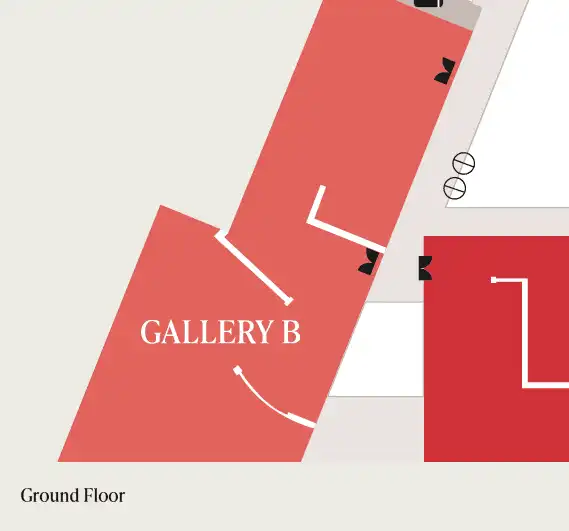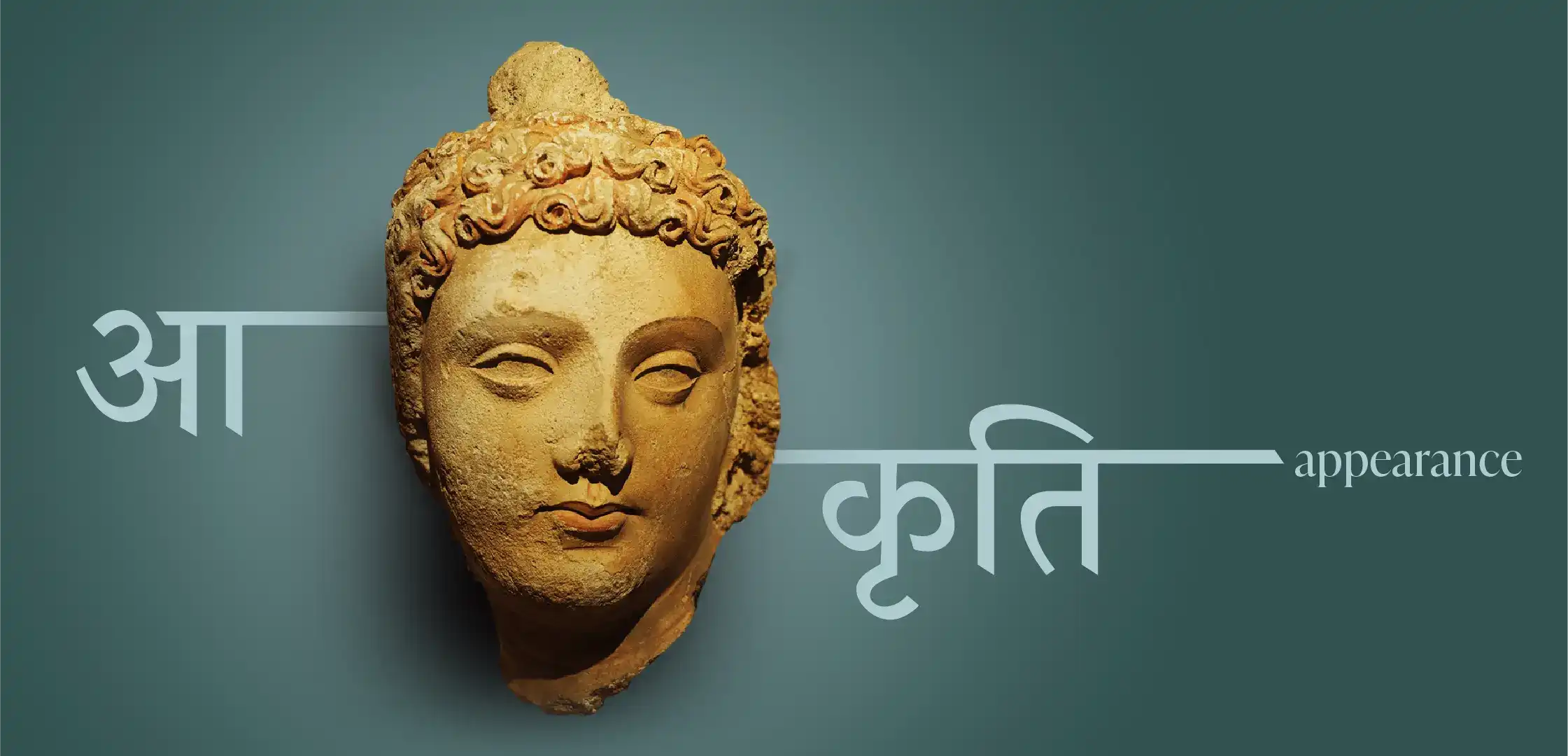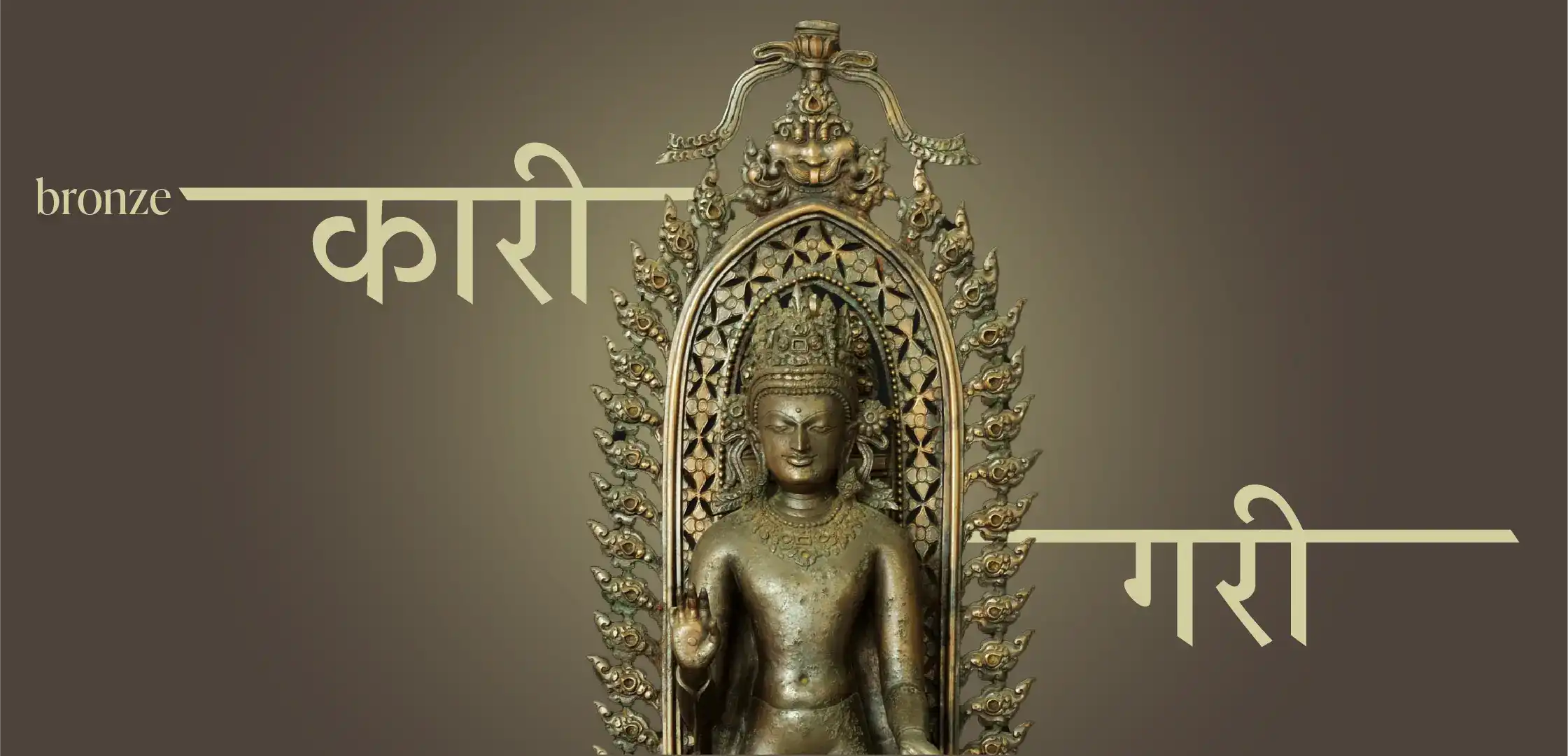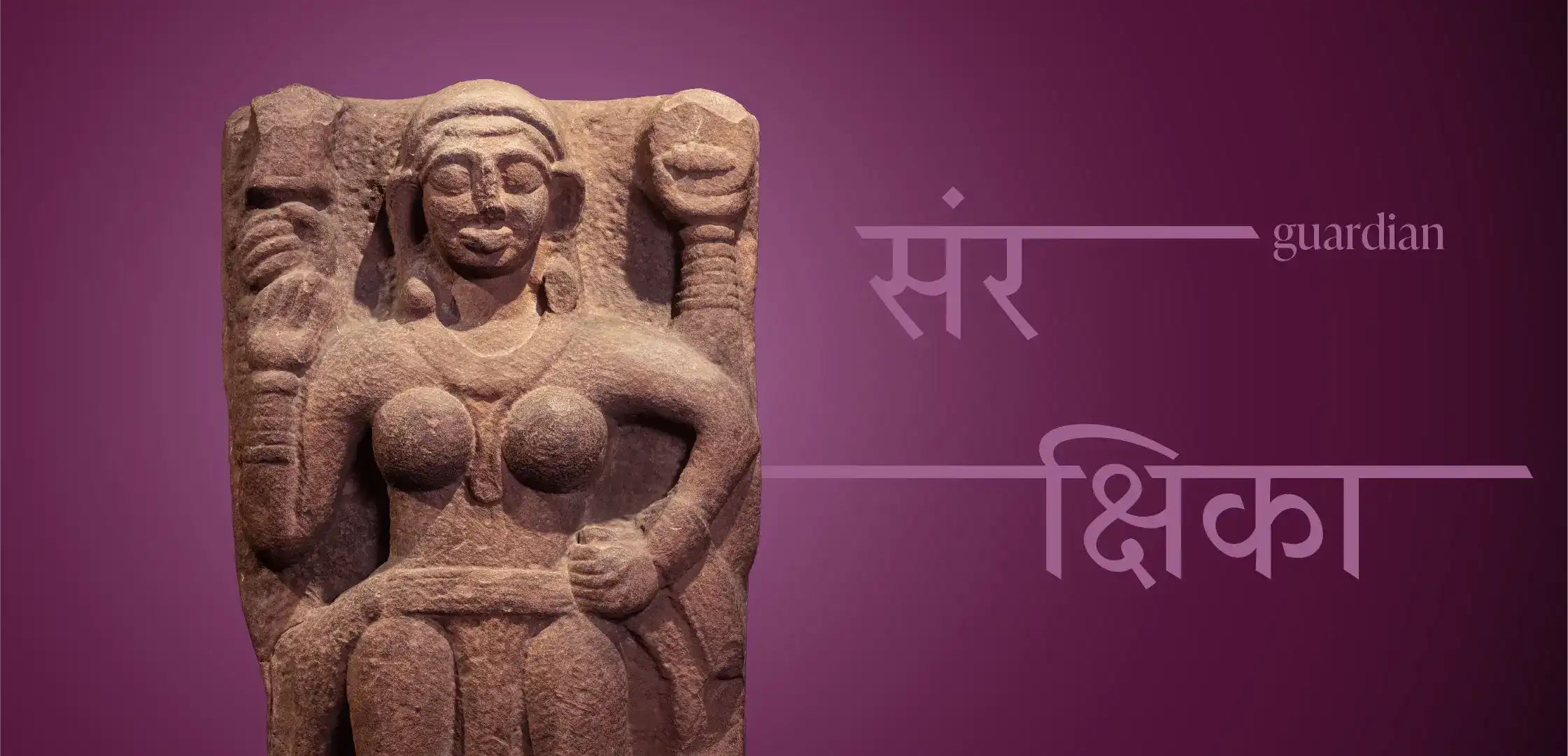Gallery B
Step into History Gallery B, where you can explore some of the finest exhibits on the Shunga and Kushana empires, including displays of stunning Kushana art. Continue your journey through history with a look at the Gupta Empire's exceptional arts and culture, and explore exhibits dedicated to the Mundeshwari Temple and the reign of Harshavardhana. Take a look at the awe-inspiring Great Buddhist Mahaviharas and delve into the history of the Palas of Bengal and the three breathtaking sections showcasing their unique sculptures.

Collection stories
Buddha’s Head : Influence of Greek culture on Indian art
The Kushana period is considered to be much advanced in the history of Indian Art. The sculptures of Buddha were made for the very first time during this era. The terracotta mini-sculptures of Buddha’s head are very important amongst the artifacts found from the relics of Gandhara region in the north western part of India, because these display the impact of Greek culture in its style of hairdos and other minor details. These are a clear proof of the close relations between India and Greece in those times.

The Bronze Sculptures of Kurkihar : Amazing craftsmanship in metal
The Magadh Empire under the Pal dynasty witnessed an unprecedented growth of art and culture, especially the craftsmanship in bronze metal. The archaeological site of Kurkihar between present day Gaya and Rajgir was a prominent place of worship besides being a centre of brass and stone sculpting during that period. In the year 1930, more than 200 metal sculptures were found in one of the major excavations going on at this site. Housed in different galleries of Bihar Museum, these idols are a brilliant example of bronze craftsmanship of the Pal period.

The Four-armed Goddess: The protector Deity of the region
The red sandstone sculpture found near the Mundeshwari temple in the Kaimur district of Bihar belongs to the Gupta period and is apparently an idol of a regional deity. The deity in her upper right hand has held a sword and the lower right one is in a blessing pose. The upper left hand holds a shield whereas the lower left hand is resting on the hip. She is considered to be the protector of some hidden treasure according to one local belief.

Explore more galleries
Stay connected with us!
Sign up to receive exclusive updates on our latest news, events, exhibitions, collections, visitor information, educational programs, and more.
SIGNUP